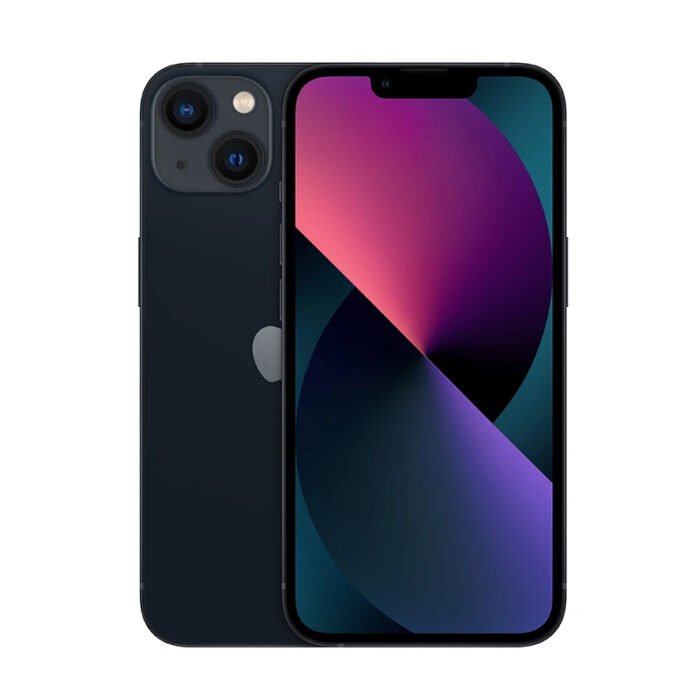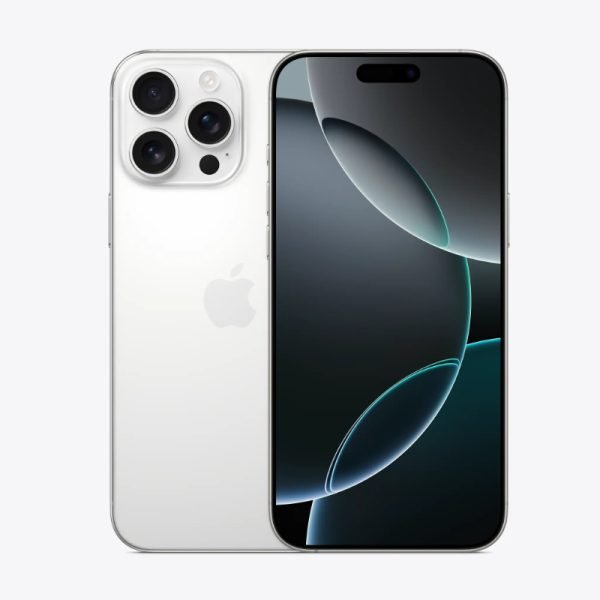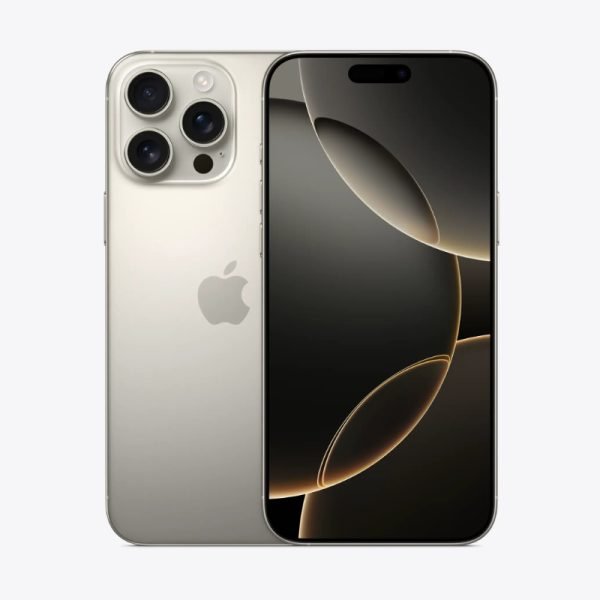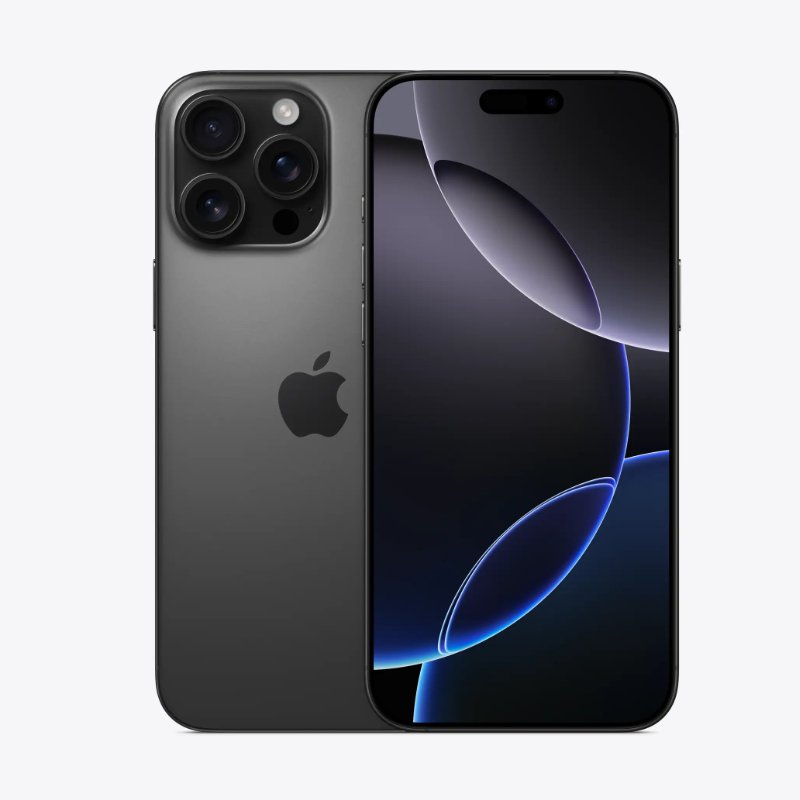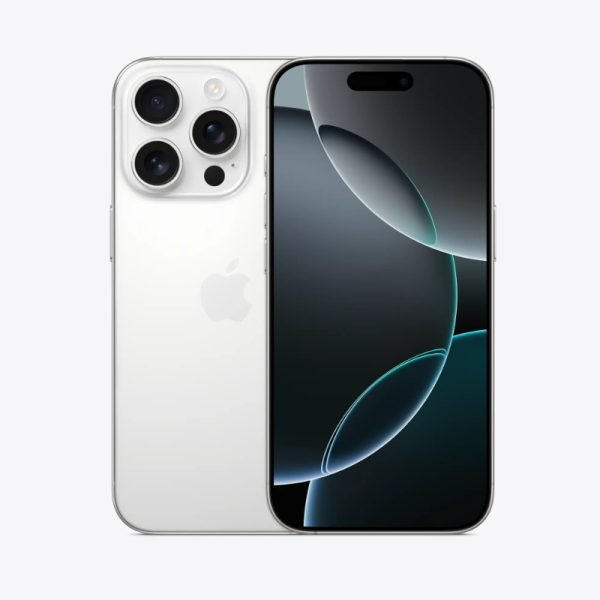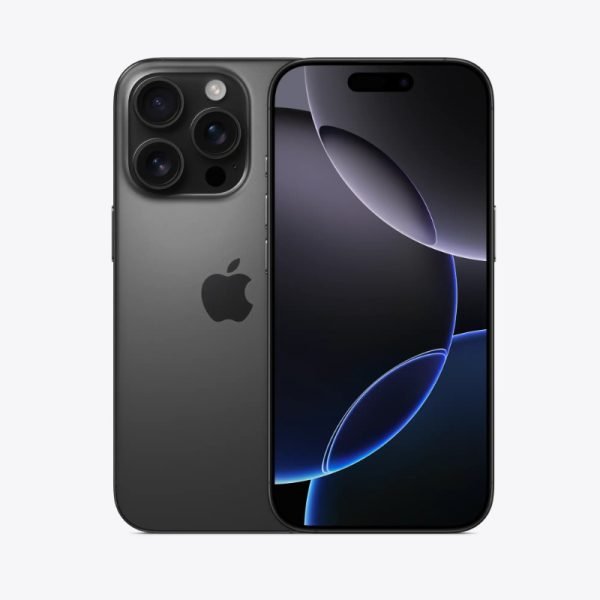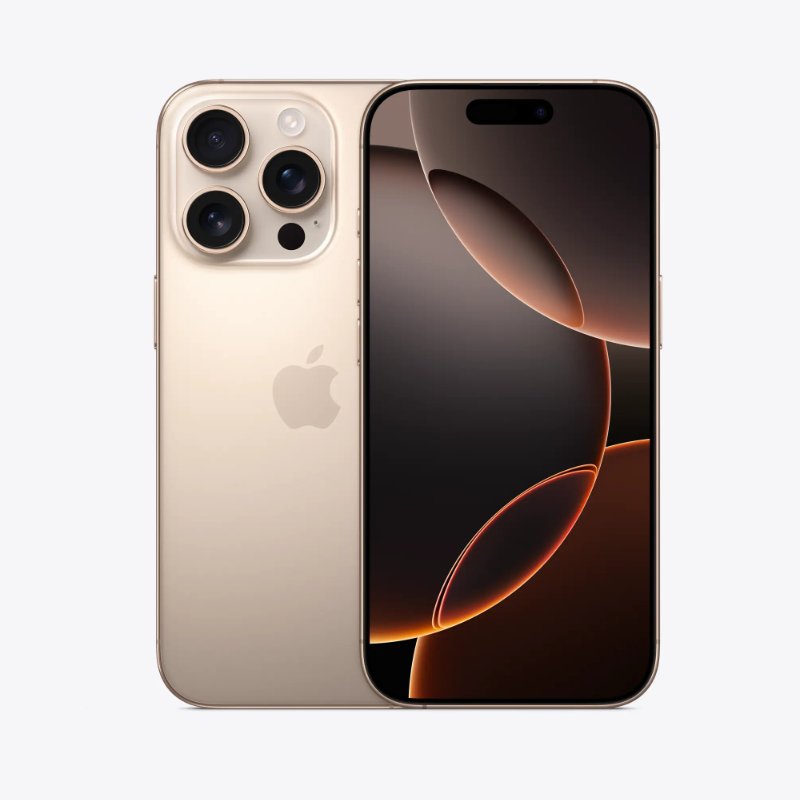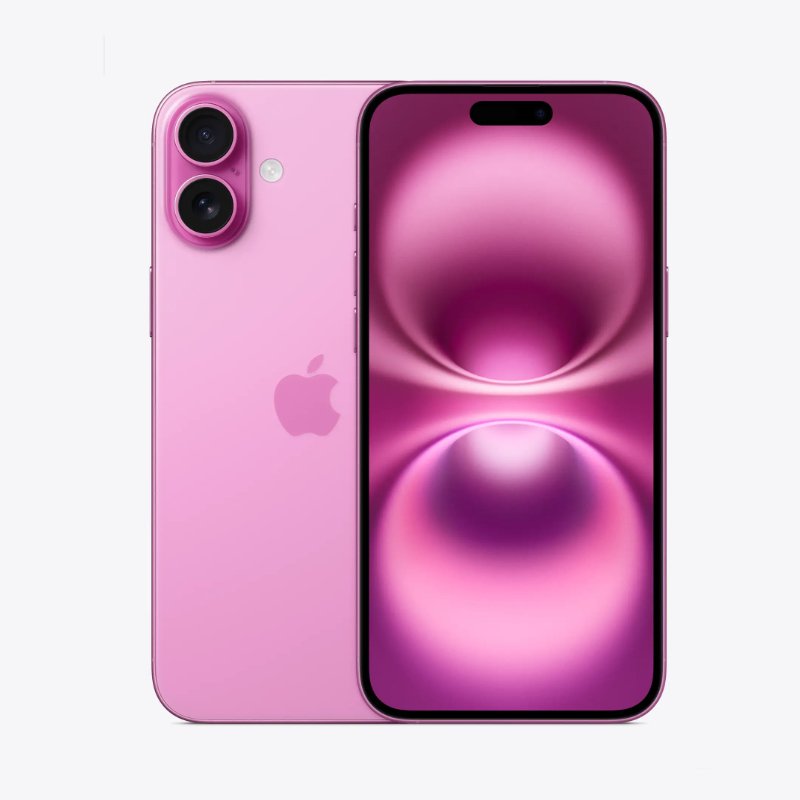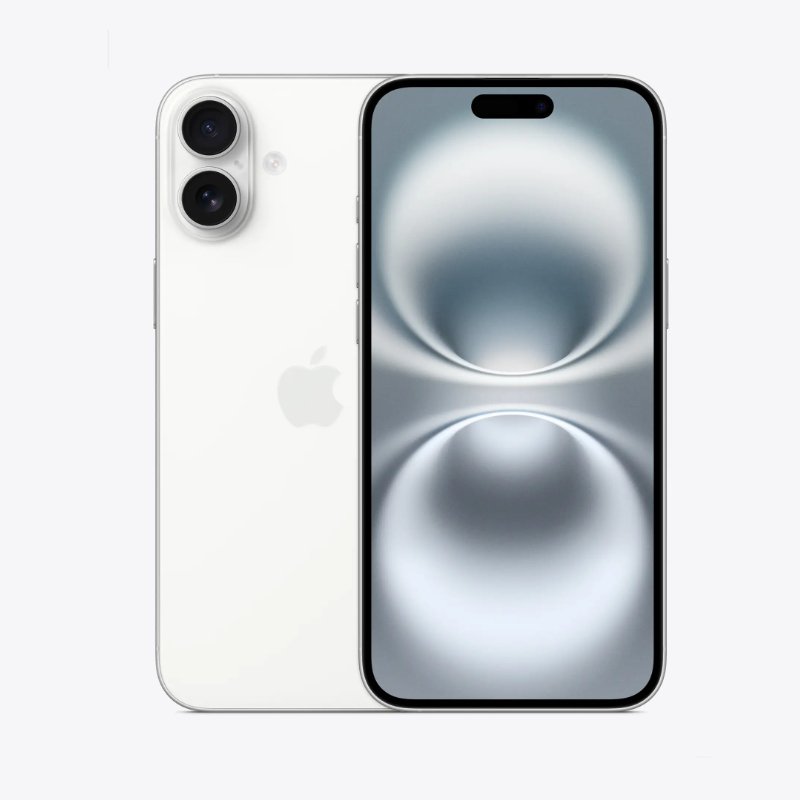Redmi Note 14 4G Vs. Tecno Camon 40 Vs. Samsung Galaxy A16
Here’s the detailed comparison table highlighting the key differences between the Redmi Note 14 4G, Tecno Camon 40, and Samsung Galaxy A16:



| Feature | Redmi Note 14 4G | Tecno Camon 40 | Samsung Galaxy A16 |
|---|---|---|---|
| Launch/Release | January 2025 (Announced/Released) | March 2025 (Announced/Exp. Release Q2 2025) | October 2024 (Announced/Released) |
| Display | 6.67-inch AMOLED, 1080 x 2400 pixels (~395 ppi), 120Hz, 1800 nits (peak), Corning Gorilla Glass 5 | 6.78-inch AMOLED, 1080 x 2436 pixels (~393 ppi), 120Hz, Panda King Glass, HDR, Always-on display | 6.7-inch Super AMOLED, 1080 x 2340 pixels (~385 ppi), 90Hz, 800 nits (HBM) |
| Brightness | 1200 nits (HBM), 1800 nits (peak) | Not explicitly stated (expected similar to Infinix’s typical, but some sources mention 1200 nits peak on Camon 40 Pro 4G, so this Camon 40 could be similar or slightly less) | 800 nits (HBM) |
| Processor | MediaTek Helio G99 Ultra (6 nm) | MediaTek Helio G100 Ultimate (6 nm) | MediaTek Helio G99 (6 nm) |
| RAM | 6GB / 8GB | 8GB / 12GB (with memory extension) | 4GB / 6GB / 8GB |
| Storage | 128GB / 256GB | 128GB / 256GB | 128GB / 256GB |
| Battery Life | 5500 mAh | 5200 mAh | 5000 mAh |
| Charging | 33W wired | 45W wired, 50% in 23 min (advertised) | 25W wired |
| Rear Camera | 108MP (Wide, f/1.7, OIS) + 8MP (Ultrawide) + 2MP (Macro/Depth) | 50MP (Wide, f/1.9, OIS) + 8MP (Ultrawide) + 2MP (Macro/Depth) | 50MP (Wide, f/1.8) + 5MP (Ultrawide) + 2MP (Macro) |
| Front Camera | 20MP (Wide, f/2.2) | 32MP (Wide) | 13MP (Wide, f/2.0) |
| Build | Glass front (Gorilla Glass 5), plastic back, plastic/aluminum frame, IP54 | Glass front (Panda King Glass), plastic back, plastic frame, IP66 | Glass front, plastic back, plastic frame, IP54 |
| Water Resistance | IP54 (dust and splash resistant) | IP66 (dust-tight and water-resistant to high-pressure jets) | IP54 (dust and splash resistant) |
| Software | Android 14, HyperOS | Android 15, HIOS 15 | Android 14, One UI 6.1 (up to 6 major upgrades) |
| Special Features | Stereo Speakers, In-display fingerprint, IR Blaster, Bluetooth 5.3 | Dual Stereo Speakers (Dolby Atmos), Under-display fingerprint, IR Blaster, NFC, AI Call Translation, AI Call Noise Cancellation | Side-mounted fingerprint, Samsung Knox Security, Stereo Speakers (some variants), NFC |
| Price (Kenya) | KES 21,100 – KES 25,000 | KES 24,300 – 27,500 | KES 16,700 – 23,500 |
My Choice and Why:
This is a very relevant comparison for someone looking for a mid-range phone in the current Kenyan market, as all three offer modern features at competitive price points. Each phone has distinct strengths.
Samsung Galaxy A16:
* Pros: Its most significant advantage is Samsung’s renowned software support, promising up to 6 major Android upgrades and potentially 7 years of security updates. This is unrivaled in this price segment and makes it extremely future-proof. It offers a solid Super AMOLED display, good overall Samsung ecosystem integration (Knox security) and is generally the most affordable option.
* Cons: It’s limited to a 90Hz display, which isn’t as smooth as the 120Hz on the others. Its charging is slower at 25W, and the ultrawide camera is only 5MP, which is less capable.
Redmi Note 14 4G:
* Pros: This phone excels with its 108MP main camera with OIS, offering potentially superior photo detail and low-light performance. It has the largest battery (5500 mAh), promising excellent endurance. The 120Hz AMOLED display with high peak brightness (1800 nits) is fantastic for media consumption, and it comes with newer Gorilla Glass 5. The Helio G99 Ultra offers a slight performance edge.
* Cons: While launching with Android 14, its long-term software update policy might not match Samsung’s. Its water resistance is IP54, which is decent but not as robust as the Tecno.
Tecno Camon 40:
* Pros: The Camon 40 stands out with 45W fast charging, significantly reducing charging time. Its IP66 rating offers superior dust and water resistance, providing more peace of mind against the elements. The 32MP front camera is excellent for selfies and video calls, and it launches with the absolute newest Android 15 out of the box. It also has OIS on its 50MP main camera and a useful 8MP ultrawide.
* Cons: It is expected to be the most expensive of the three. While powerful, its processor is similar to the others. Its display protection (Panda King Glass) might be less recognized than Gorilla Glass.
Overall Recommendation:
For most users seeking a well-rounded mid-range phone in Kenya today:
* If long-term software support and brand trust are your absolute top priorities, the Samsung Galaxy A16 is the unmatched choice, especially given its attractive price point. You compromise a bit on display smoothness and charging speed, but gain immense longevity.
* If photography (especially rear camera detail and low light) and maximum battery life are your primary concerns, the Redmi Note 14 4G is a fantastic option. Its 108MP OIS camera and 5500mAh battery are compelling features.
* If fast charging, superior durability, cutting-edge software (Android 15), and best-in-class selfies are what you value most, then the Tecno Camon 40 is the standout choice. It’s the most “modern” package overall, though likely at a slightly higher price.
Ultimately, all three are strong contenders, and the “best” depends on which specific features align most with your personal usage and priorities within the mid-range segment.


